When it came to academics, feedback from faculty and students at the end of spring semester indicated a return to in-person instruction in some form was desired.
“We were hearing from students that it was a tough semester,” said Interim Provost Matt Cecil. “We heard, overall, nationally from students that most of them don’t want a repeat of online semesters. They value the experience of working with faculty and other students.”
Mark Johnson, vice president and CIO of IT Solutions at the University, worked with his team to develop a hybrid instruction model called FlexSync, a variation of similar hybrid, flexible models at other campuses. The in-person/online course-delivery model allows some students to be physically present in the classroom, while others interact remotely via Zoom.
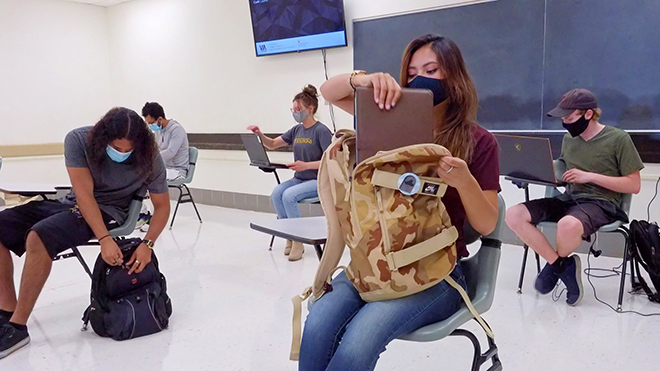
Some classes are solely in-person, such as some Theatre and Dance classes and science labs. Others are completely online. For the FlexSync courses, staff worked over the summer to install all the necessary equipment and technology into 120 classrooms; classrooms have also been reset with fewer desks and chairs to ensure appropriate social distancing. Academic Affairs also completely rebuilt the fall course schedule, which includes about 3,700 classes.
“The main thing is we wanted to emphasize student choice—to give students a choice of how they want to attend a synchronous class,” Cecil said. “We’ve focused on making these the best possible experiences and not just getting by.”
Guidance from the Minnesota Department of Health and the Minnesota State system informed the University’s plan for reacting to possible outbreaks once students returned.
If transmission of the virus escalates to dangerous levels in the fall and winter months, course delivery could move back online.
“Everything in this pandemic is evolving,” Cecil said. Kristi Treinen, Communications Studies professor, said she was stressed but excited to implement FlexSync this fall.
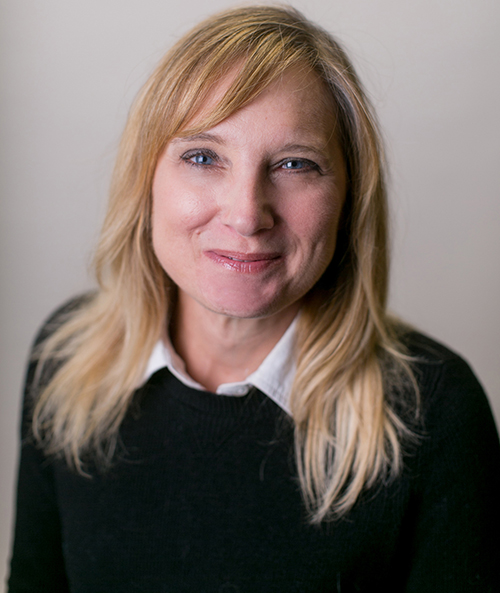
“For me, what it’s going to do is allow me to still have a faceto- face option with students,” she said. Treinen said caps on classroom capacity mean there are about 10 students on average in her rooms at a time, which allows both students and faculty to feel much safer. Yet the teleconferencing allows her to continue teaching many more students in a more direct, face-to-face manner.
“I was just happy to have the FlexSync option because I don’t want to teach all online,” she said. “I’m really hoping this will be the way to go.”
Advising and Registration
When COVID-19 hit, University Advising was already in a state of transition, moving under the umbrella of Student Success, Analytics and Integrated Planning and its Vice President, Lynn Akey. In the midst of all the accompanying logistical change, the virus hit the reset button.
Advising students who might need extra help academically or who have questions about what courses to choose occurred mostly in person on campus, with drop-ins welcome. Some advising was done by phone, but online tools weren’t part of the regular practice, said Sara Granberg-Rademacker, interim director of University Advising. When everyone was ordered to work from home after Spring Break, everything changed.
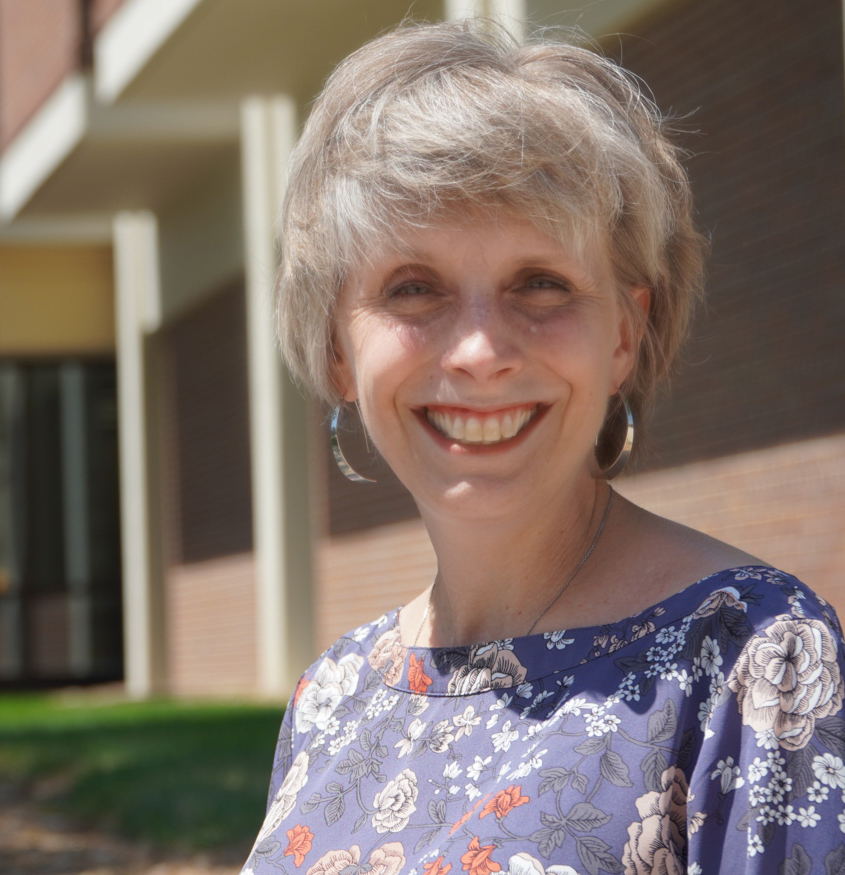
“Thank goodness for IT. We had to get student record info, use different platforms and be able to access those from home,” Granberg-Rademacker said. “Initially, our biggest challenge was getting people situated and communicating with students that advisors are still here, and we want to assist you.”
Advising across campus has taken place since mid-March via Zoom and by phone, and a hybrid model for fall reincorporates in-person visits, albeit with safety precautions in place.
“We have learned that advising is really conducive to online practices, and it allows us to still connect with students,” Granberg-Rademacker said. Zoom likely will continue to be used to replace some in-person appointments and also as a tool to help advisors and students social distance during in-person visits.
For the in-person advising that does occur, University Advising, and other advising offices, will follow all University guidelines, which include masking and social distancing of six feet.
“We’re trying to stay nimble and be able to respond to what the situation requires while always keeping students’ needs at the forefront, but also prioritizing student and employee health and wellness,” she said.
Residential and Campus Life
More than 2,600 students were living on campus when the virus caused the spring shutdown, although many had gone home for break, where they inevitably would stay. Dean of Students and Residential Life Director Cindy Janney said that students who did not move home were moved into Stadium Heights and Preska residence communities to ensure their safety.
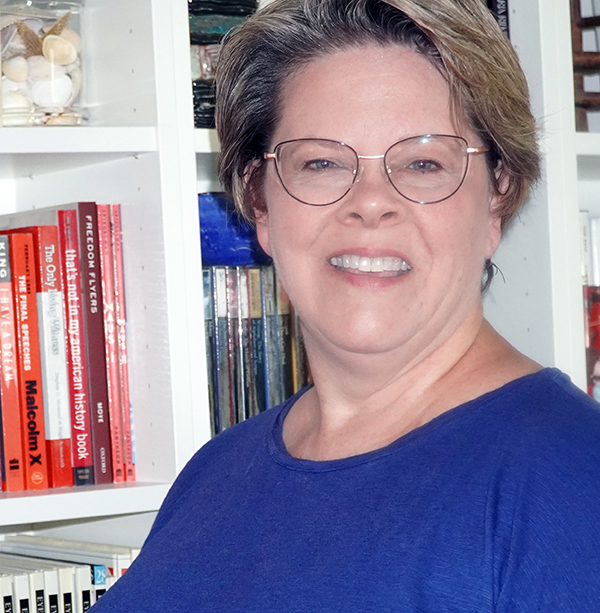
“We have students here 24/7, 365; we are never empty,” Janney said. “Our biggest concern in the spring was moving students from floors where many students use the same bathroom to spaces where we could give each student a private bathroom.”
In preparation for fall, hundreds of such considerations were made to ensure that students returning to campus received a positive college experience while remaining as safe as possible.
One big change over the summer was to move new student orientations online. Another is occupancy in residence halls, such as doing away with triple rooms. Overnight guests won’t be allowed.
Extra sanitation practices are in place throughout the residence halls and dining areas. Hand sanitizer is readily available, signage is posted with safety information, and social distancing markers are affixed to the floor in areas where lines form.
University Dining Center staff planned for a cap of 400 diners in the building , removing some tables to ensure six feet of distance. Other changes include social distancing dots for diners approaching each service station, condiments in packets and menu updates, all designed to ensure quicker service and a touchless process.
“The goal is to be supportive of students and educational for students, not to be confrontational or punitive,” Janney said. “Across the country people are talking about community transmission among young people, and that’s going to be the important thing: helping students develop a culture of care for one another and also for their families.
We don’t want a student to contract the virus at school and take the virus home.”
In the Centennial Student Union, Communications Director Lenny Koupal said physical changes to the space have included rearranging furniture and putting markers on the floor to social distance, as well as building-wide signage with safety information.
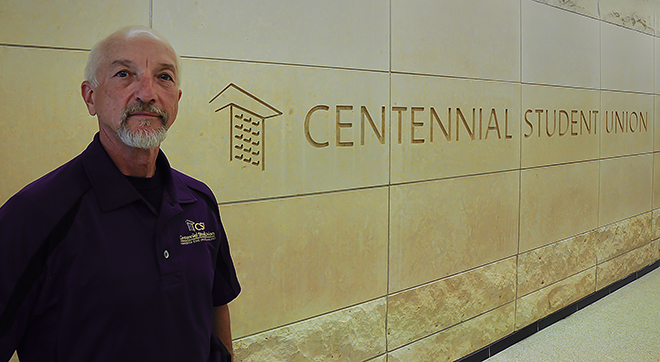
The Campus Programs team worked over the summer to develop safe ways to provide students with the experiences they are eager to have on campus. A series of “socially engaged but physically distanced” events was created that includes Welcome Week activities (a movie on the football field, an online new student rally and more) as well as ongoing activities such as virtual scavenger hunts, concerts and mini golf.
All of these events adhere to Minnesota Department of Health guidelines—and in many ways, take them a step further.
An 8-foot distance will be required among participants, and many events have required ticket times to avoid a rush.
“These events provide an opportunity to demonstrate to students how they can remain socially engaged while physically distant and safe,” said Bill Tourville, assistant director of Campus Programs.
“It’s made us certainly, on the positive side, think outside the box,” Koupal said. “I think now we have to figure out how we provide the same spirit and still keep people safe. We’re still dedicated to making sure students experience the excitement of student life.”
Speak Your Mind